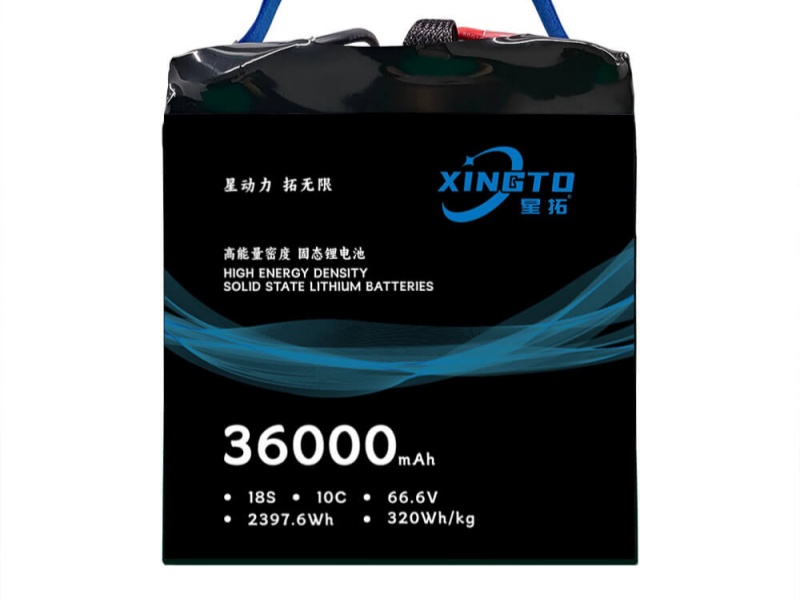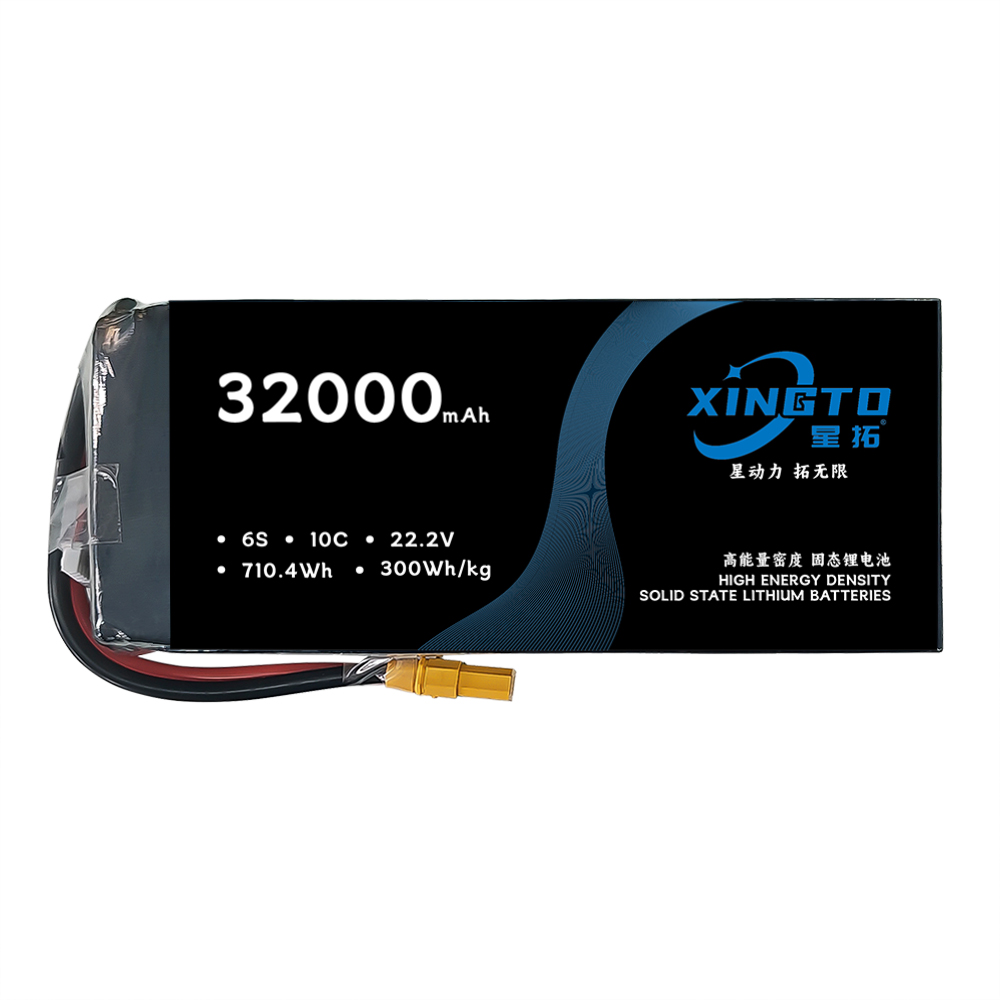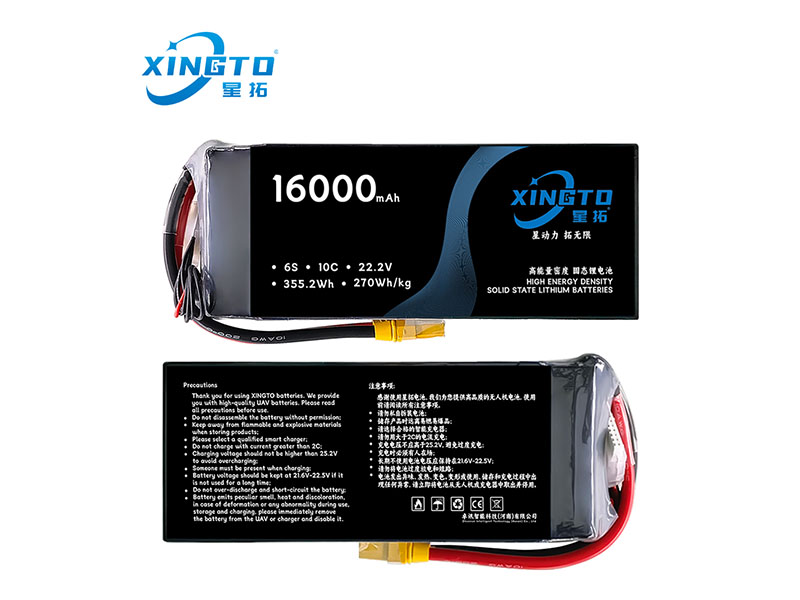Choosing the appropriate battery type is of vital importance for the performance, flight time and safety of drones. What type of battery is used to charge the drone? The answer depends on the drone model, intended use and the manufacturer's specifications. In this guide, we will explore the most common battery types used for charging drones, their advantages and disadvantages, and how to choose the best battery based on your needs.
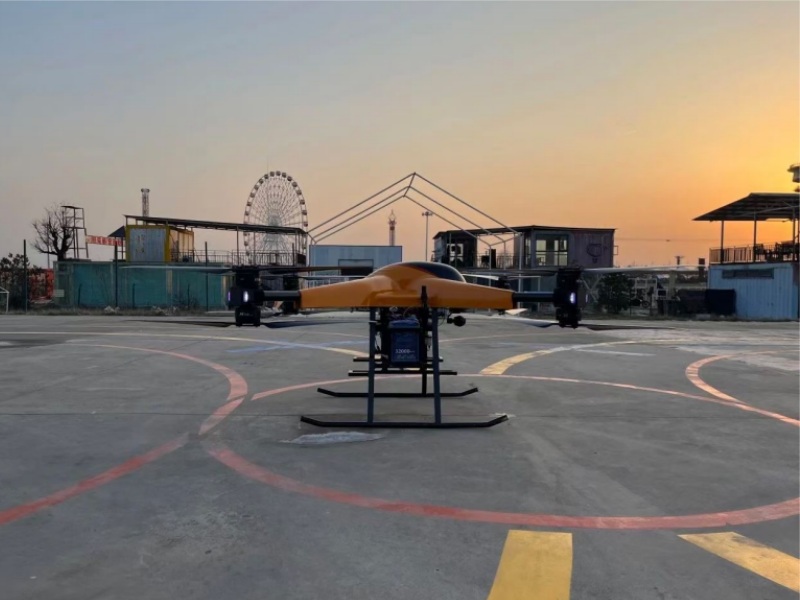
Different types of drone batteries and their advantages and disadvantages
Semi solid state battery - the latest technology for drone batteries
Semi solid state batteries are currently a new type of drone battery commonly used in large industrial drones. They provide:
High energy density - with a maximum energy density of 420wh/kg, it can provide longer flight time for heavy-duty drones.
Small size and light weight - The volume and weight are optimized by about 25% compared to ordinary lithium batteries, greatly reducing the weight of the aircraft.
Long cycle life - cycle life of over 1000 times.
Customizable - Different models, sizes, plugs, capacities, etc. can be customized according to user needs, and can be adapted to more than 90% of drones on the market.
advantage:
✔ Optimal energy to weight ratio
✔ Long battery life
✔ Flexible exterior design
Disadvantages:
✖ The price will be a bit higher
Applicable scenarios: Most industrial drones are used for transportation, firefighting, surveying, and other purposes.

Lithium - Polymer (LiPo) Batteries – Commonly used
Lithium - polymer (LiPo) batteries are the most widely used power source for modern drones. They offer:
High Discharge Rate – Supports high - performance drones with fast movements.
Rechargeable & Flexible – Available in various shapes and sizes to fit different drones.
Pros:
✔ Best energy - to - weight ratio
✔ Fast charging capabilities
✔ Flexible form factor
Cons:
✖ Requires careful handling (risk of swelling or fire if damaged)
✖ Shorter lifespan compared to LiFePO₄
Lithium - Ion (Li - ion) Batteries – A Reliable Alternative
Best For: Most consumer drones, racing drones, and high - performance UAVs.
Lithium - ion (Li - ion) batteries are another common choice, often found in older drones or industrial applications. They offer:
Good Energy Density – Similar to LiPo but slightly heavier.
Longer Shelf Life – Retains charge better when not in use.
Lower Risk of Swelling – Safer than LiPo in some cases.
Pros:
✔ More stable than LiPo
✔ Longer storage life
✔ Widely available
Cons:
✖ Heavier than LiPo
✖ Lower discharge rate
Best For: Budget drones, older models, and applications where safety is a priority over weight.
Lithium Iron Phosphate (LiFePO₄) Batteries – The Safest Option
LiFePO₄ batteries are gaining popularity due to their superior safety and longevity. They provide:
High Safety – Resistant to overheating and thermal runaway.
Long Cycle Life – Can last 2 - 3 times longer than LiPo.
Stable Voltage Output – Provides consistent power during flight.
Pros:
✔ Extremely safe (low fire risk)
✔ Long lifespan (500 - 2000 cycles)
✔ Stable performance
Cons:
✖ Heavier than LiPo
✖ Slightly lower energy density
Best For: Professional drones, industrial UAVs, and applications requiring long - term reliability.
Nickel - Metal Hydride (NiMH) & Nickel - Cadmium (NiCd) – Older Technologies
While rare in modern drones, NiMH and NiCd batteries were once common. They are:
Cheaper – Lower cost per battery.
Durable – Can handle extreme temperatures.
Less Efficient – Lower energy density and shorter lifespan.
Pros:
✔ Low cost
✔ Tolerant to high/low temperatures
Cons:
✖ Heavy and bulky
✖ Shorter lifespan
✖ Memory effect (reduces capacity over time)
Best For: Legacy drones or specialized industrial equipment.
How to Choose the Right Battery for Drone?
When selecting a battery for charging your drone, consider:
✅ Drone Compatibility – Check the manufacturer’s recommended battery type.
✅ Flight Time & Performance – LiPo offers the best balance for most drones.
✅ Safety & Longevity – LiFePO₄ is best for long - term use.
✅ Weight & Portability – LiPo is lighter, while Li - ion is more stable.
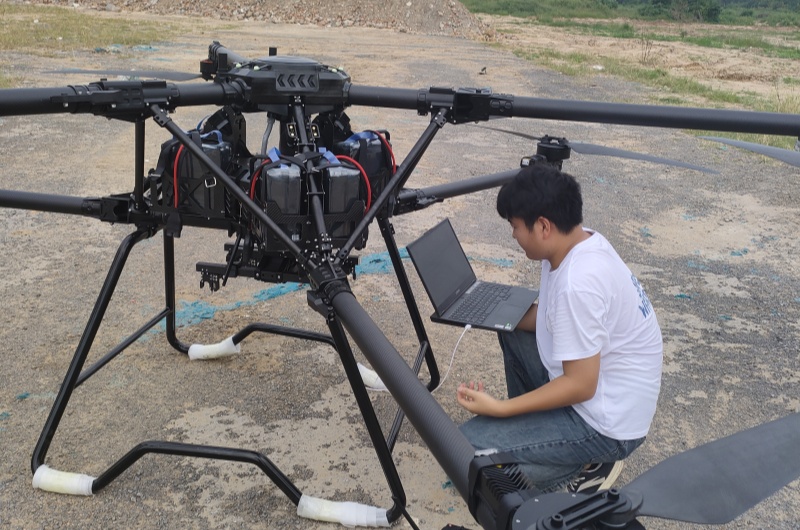
Conclusion
The most common battery type for charging drones is lithium - polymer (LiPo), offering the best balance of power, weight, and performance. However, lithium - iron phosphate (LiFePO₄) is a safer and longer - lasting alternative, while lithium - ion (Li - ion) provides stability for budget or older drones. Always check your drone’s specifications before purchasing a replacement battery to ensure compatibility and optimal performance.


